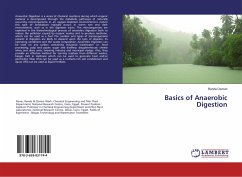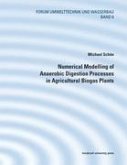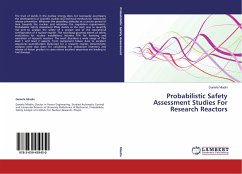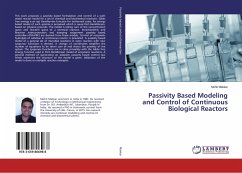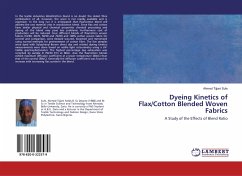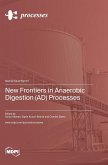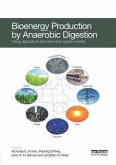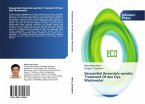Anaerobic Digestion is a series of chemical reactions during which organic material is decomposed through the metabolic pathways of naturally occurring microorganisms in an oxygen-depleted environment.In nature this type of breakdown typically occurs in warm wet and dark environments, such as in the digestive tracts. The microorganisms are exploited in the biotechnological process of anaerobic digestion both to reduce the pollution caused by organic wastes and to produce methane, which can be used as a fuel. The number and types of microorganisms present in digesters are likely to depend upon the type of digester, its operating conditions and the waste composition. Anaerobic Digesters can be used on any carbon containing industrial wastewater i.e. food processing; pulp and paper; sugar and distillery; slaughterhouse; cheese whey and diary units; brewing industry and municipal sludge. Also, they provide an effective method for turning residues from different wastes, biogas (rich in methane which can be used to generate heat and/or electricity); fiber (this can be used as a nutrient-rich soil conditioner) and liquor (this can be used as liquid fertilize).
Bitte wählen Sie Ihr Anliegen aus.
Rechnungen
Retourenschein anfordern
Bestellstatus
Storno

